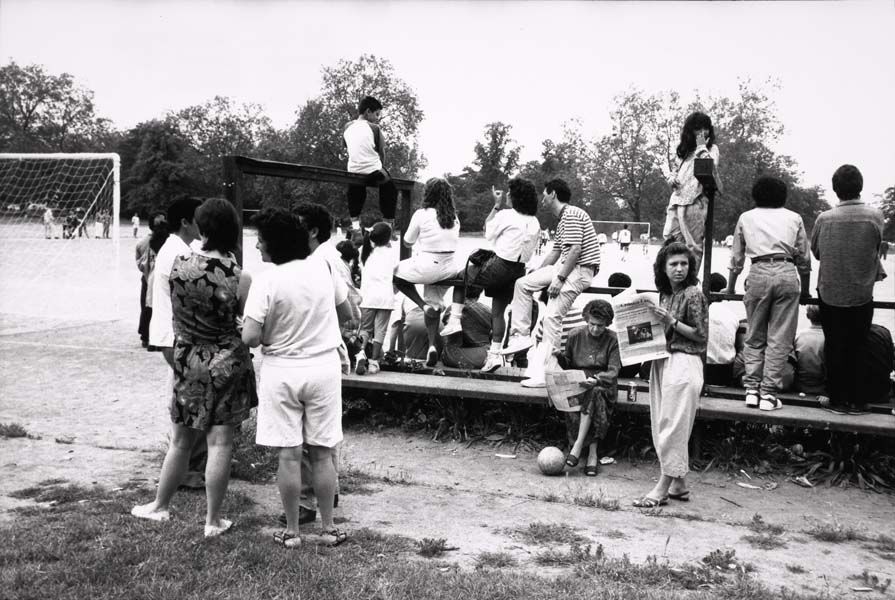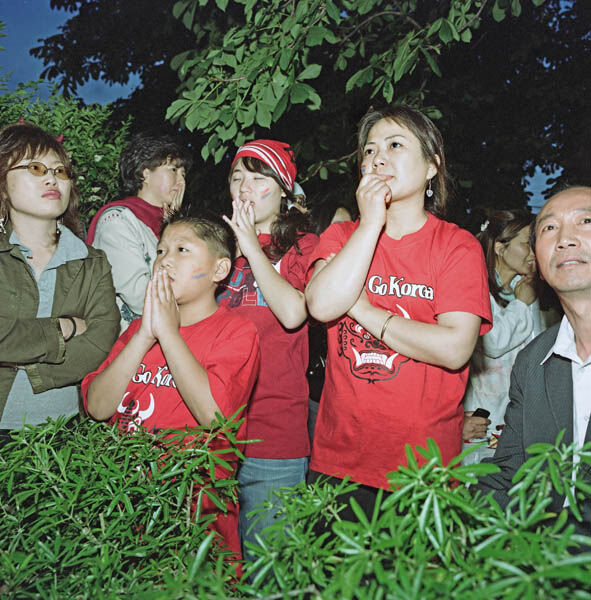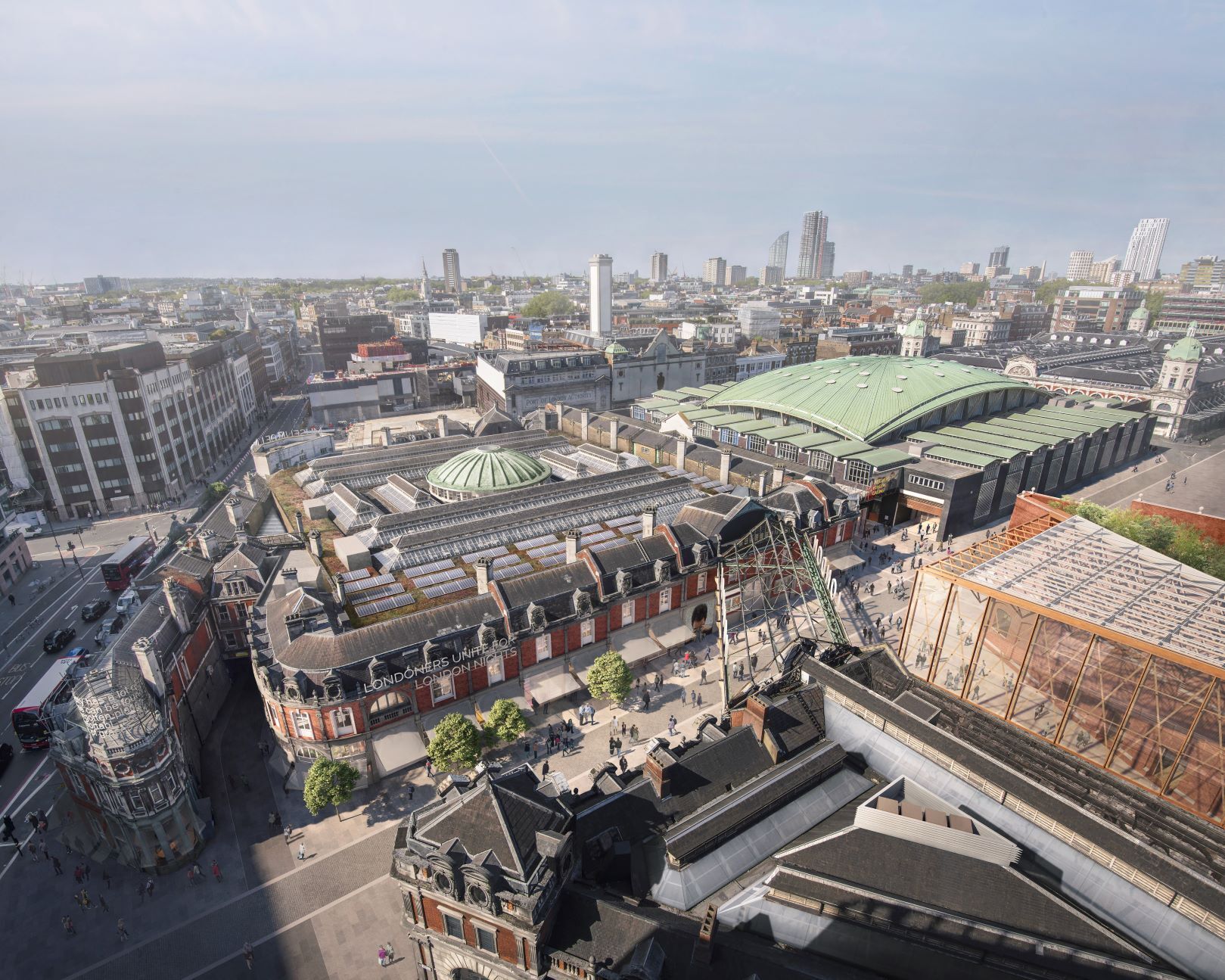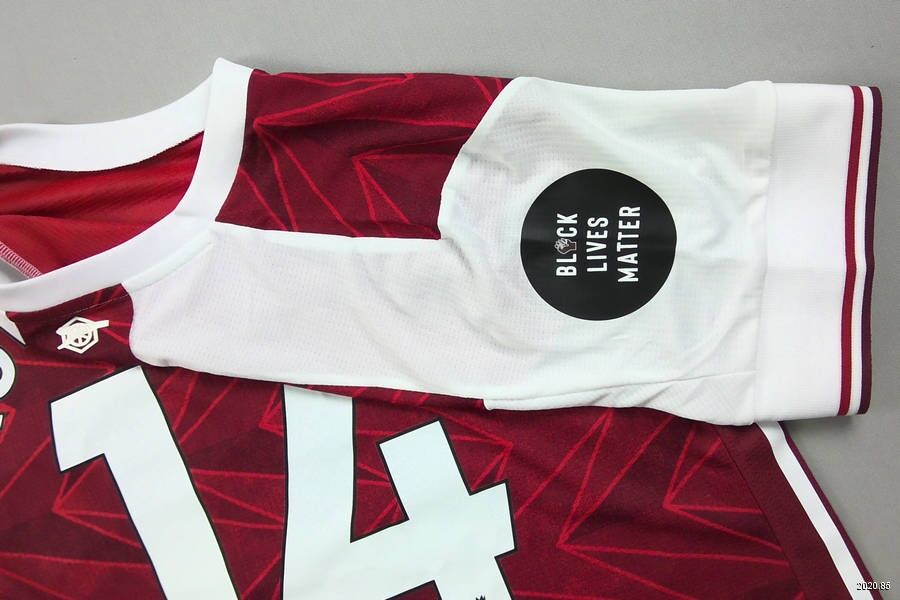London 2012. The Lionesses’ triumph. That Steven Gerrard screamer. Joshua vs Klitschko. Wimbledon. NBA and NFL games. The list could go on as London has been home to some of the most iconic sporting events in history.
Yet despite sport being deeply intertwined within the capital, there is nowhere to celebrate or even revisit these magical moments…
That is set to change with the opening of the new London Museum in 2026, aiming to capture and convey the capital’s rich sporting heritage – past, present and future
But for Foteini Aravani, the museum’s digital curator, the new venue will not only celebrate the world’s largest events but also sport in the capital’s diverse and unique range of communities.
A new research campaign and survey has been launched to ensure a full picture is captured with a call-out to the general public to share their memories, photos, artefacts and thoughts.
Speaking exclusively to London Football Scene, Aravani said: “Sport is part of London’s DNA.
“You cannot tell the story of London without talking about the history of football, or the history of boxing, the London Marathon or Wimbledon.
“Yet this is missing from the permanent galleries of a museum, and I feel that it’s a massive gap.
“Sport is not a siloed activity – it’s part of our life and part of the life of the city, you cannot separate that.”

Aravani and the London Museum are currently running a year-long programme around sports, with the aim of collecting as many stories as possible from as many Londoners, or ex-Londoners, as they can.
The project has three strands – first is the collecting part, where objects obtained will be eventually displayed in the collection.
Secondly, they plan to work with 16 to 25-year-olds to capture their sporting experiences in London before the final phase involves the survey and research to gain a deeper understanding of London’s sporting heritage.
For the collection, Aravani is keen to get as many views and opinions as possible – how it should be displayed and what should be represented.
“Internally, we knew that we had gaps in our collection, around sporting heritage in London,” Aravani said.
“History museums don’t really include sports in the way we’re telling the story of the history of a place.
“We also want to collect these hidden stories and unheard voices, so that it’s not only about the famous people and the sporting icons that we might see on TV.”
And she has a point – London is the only city to host the Olympics three times, is the home of football – the most popular sport in the world while the country as a whole is responsible for creating some of the world’s most popular sports.

But there are just as many stories of people bringing new and exciting sports to the capital.
Stories like Ernest Theophile who brought dominoes to the Maida Hill Market Square, or that of Silvia Bazzarelli, who introduced the Brazilian martial art capoeira to Islington in the 1980s.
These stories involving immigrants who bring a part of their identity and culture when moving to London is what makes projects like these special.
“Ernest (Theophile) has been playing dominoes there (Maida Hill Market Square) for 50 years with his group of friends,” Aravani added.
READ MORE: Barnes FC – the famous football club set to be revived from the relics of history
“(Silvia) Bazzarelli moved to London in 1982, if I’m not wrong, and opened the first London School of capoeira in 1988.
“That was pretty much her way of staying connected to her tradition and her roots and culture.
“What we want is to unveil these grassroots sporting traditions from these local heroes and the sporting subcultures.
“I think this is where we want inclusivity and diversity to come in and hear from people that we probably wouldn’t have heard from if we didn’t do this project.”
The project will also focus on the impact of the London 2012 Olympics – both the good and bad sides.

Aravani also revealed there will be a series of tweets which will be used to demonstrate the impact the games had on the everyday lives of Londoners.
She said: “In order to actually capture the real experience of Londoners, even if that was a bad one, we did an experimental collecting project where we collected tweets.
“We felt that this immediacy of tweeting your experience was something that would capture the real experience of a Londoner during the Olympics.
READ MORE: European Super League will see the death of football as we know it – while the mighty few prosper
“They’re going to be displayed in the new museum next to medal-winning Tom Daley’s swimming trunks!”
The project will not just feature tweets and swimming trunks though, but also the likes of a Pierre-Emerick Aubameyang Arsenal shirt with the Black Lives Matter logo, red leather boxing gloves worn by Henry Cooper in 1970 for the European Championship, a leather tennis ball from the 16th century discovered in the rafters of Westminster as well as Willie, the 1966 World Cup mascot.
Items like Aubameyang’s shirt are especially important to Aravani, as she feels it carries an importance that makes it more than a football shirt.

“It was the first match they played after the death of George Floyd, where they did one minute of silence. That is a very powerful object for us,” explained Aravani.
“It was such a powerful way of showing London is showing support for George Floyd and the Black Lives Matter movement.
“I don’t think you can separate that or put it in a separate gallery because it’s connected socially, politically and religiously to Londoners and to the city.”
Aravani is hoping for around 1000 responses to the London Museum’s survey from as many different backgrounds and communities as possible.
They have also received offers of donations from Londoners who wish to give some of their own history to the project.
The Museum of London will open in 2026 in West Smithfield Market, with the survey open until the 30th of January – to have your say in it, click HERE.
Images provided with thanks to The Museum of London.